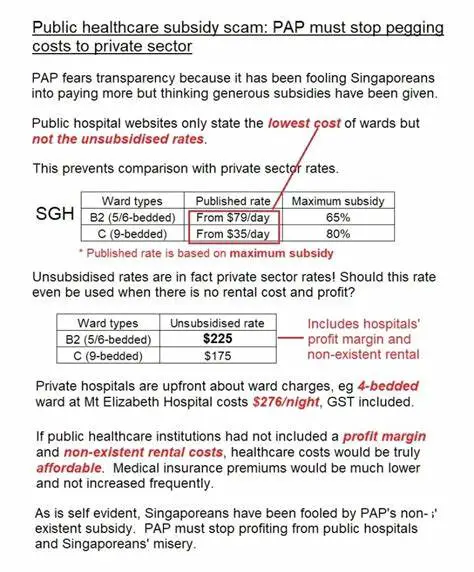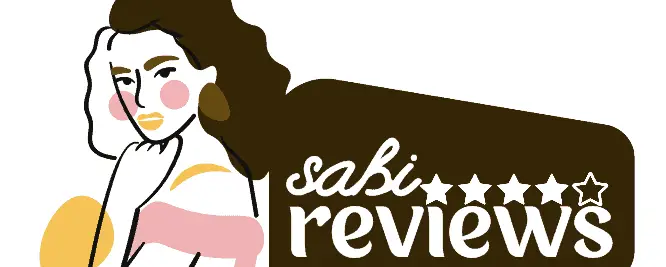$1,400 Health Subsidy 2023 Scam Exposed: Don’t Fall Victim!
Did you come across the $1,400 Health Subsidy text message? it claims you are eligible to receive a government grant of $ 1,400 in 2023 but it’s actually a scam. This review exposes the details about this scam.

What Is The $1,400 Health Subsidy 2023
So, the U.S. Department of Health and Human Services have issued a warning about ads claiming that you are eligible to receive the $1,400 health subsidy. Basically, if you click on one of these ads, the scammers will send you to a weird website like “USA-reliefs.org,” which honestly looks odd and outdated, but it’s still active.
What’s interesting (and concerning) is that a lot of these ads seem to be coming from people outside of the U.S. They make some wild claims, like you can get $1,400 and they say you can qualify in just 30 seconds just like the $6,400 health subsidy grant. Plus, they always act like the deadline is super close to make you panic.
But here’s the deal, these offers are usually too good to be true, and you shouldn’t give them your personal info.
Red Flags To Watch Out For
- Mismatched Website: If the web address in the ad doesn’t match the actual website, that’s a big red flag. It’s like they’re trying to trick you.
- Bad Writing and Urgency: If the ad has really poorly written stuff and pushes you to act super fast, it feels fishy. They want you to rush without thinking.
- Social Media Outreach: The U.S. Department of Health and Human Services (HHS) says they’ll never hit you up on social media about grants. If they’re doing that, something’s not right.
And if, by any chance, you’ve already sent money to these scammers, reach out to the company you used to send the cash. They should know what’s going on. If it’s your personal info that’s gone, it’s a good idea to freeze your credit report and report it to HHS.
Tips To Avoid Being Scammed
To dodge the health subsidy scam or any other type of scam, take these steps
- Be careful with unexpected emails and video graphics about refunds. If they look weird, have mistakes, or come from strange addresses, watch out.
- Don’t click any links or download stuff from these emails. They could be bad news.
- Check if it’s real by contacting the real folks through their official website or customer service.
- Keep your computer safe with antivirus updates
What To Do If You Have Been Scammed
- Contact your bank or credit card issuer immediately.
- Inform your bank or credit card issuer about the unauthorized transaction and request a chargeback.
- Change your online passwords: If you have shared your password with the scammer, change your password immediately.
- Also be sure to use a strong and unique password for each account.
- Report the scam: You can report the scam to the Federal Trade Commission (FTC) or your local law enforcement agency.
- Check your credit rreport: Monitor your credit report for any suspicious activity.
- Stay vigilant: Be alert for any other phishing scams or suspicious emails, and do not share any sensitive information
Conclusion
The $1,400 health subsidy scam tricks people who want to receive grant from the government. To stay safe. Be alert to signs and how scammers work.
